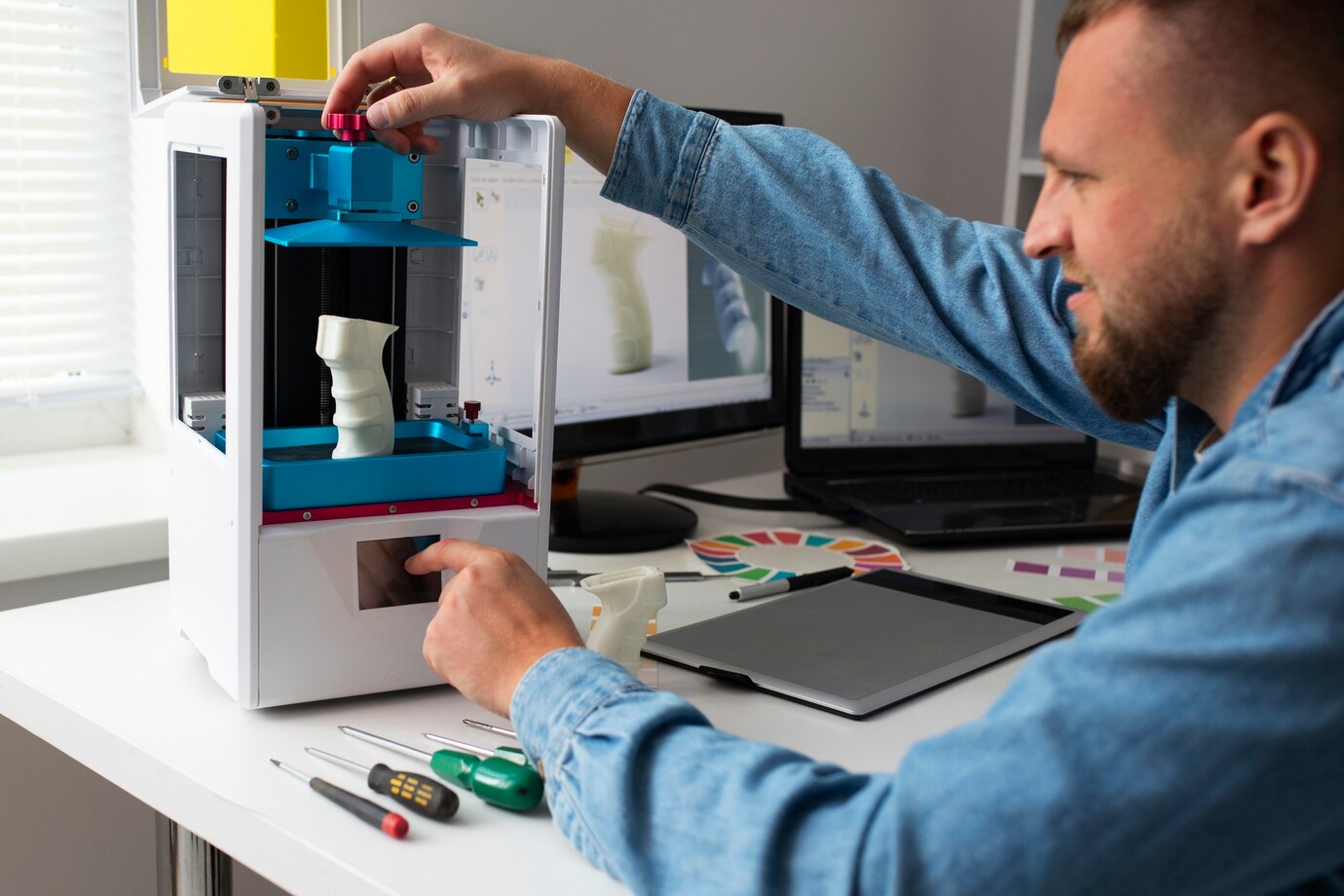In a rapidly changing world dominated by technology and mass production, traditional crafts offer a timeless reminder of human creativity, ingenuity, and cultural heritage. From handwoven textiles and pottery to woodworking and metalworking, traditional crafts have been passed down through generations, preserving ancient techniques and traditions. In this article, we explore the evolution of traditional crafts in a modern world, the challenges they face, and the opportunities for innovation and revitalization.
Honoring Heritage Through Craft
Traditional crafts are more than just objects; they are repositories of cultural identity and collective memory, embodying the values, beliefs, and traditions of communities around the world. Passed down from master artisans to apprentices, these crafts serve as a tangible link to the past, connecting present generations with their ancestors and heritage.
Challenges Facing Traditional Crafts
Despite their cultural significance, traditional crafts face numerous challenges in the modern world:
- Globalization: The rise of globalization and mass production has led to the decline of traditional crafts, as consumers increasingly opt for cheaper, mass-produced goods over handmade artisanal products.
- Economic Pressures: Traditional crafts often struggle to compete in a global marketplace dominated by large corporations and industrial manufacturing. Artisans may face economic hardships, low wages, and limited access to markets and resources.
- Cultural Erosion: Rapid urbanization, migration, and changing lifestyles threaten to erode traditional crafts and indigenous knowledge, as younger generations prioritize modern conveniences over traditional practices.
- Environmental Impact: Industrialization and unsustainable practices pose threats to the environment and natural resources used in traditional crafts, such as deforestation, pollution, and habitat destruction.
Innovation and Adaptation
Despite these challenges, traditional crafts are undergoing a renaissance, driven by a renewed interest in handmade, sustainable, and locally produced goods. Artisans and craftspeople are innovating and adapting traditional techniques to meet the demands of modern consumers while preserving the integrity and authenticity of their craft.
- Incorporating Technology: Many artisans are embracing technology as a tool for innovation, incorporating digital tools, 3D printing, and online platforms to streamline production, reach new markets, and connect with customers.
- Sustainable Practices: Environmental sustainability is becoming increasingly important in the world of traditional crafts, with artisans adopting eco-friendly materials, techniques, and production methods to minimize their ecological footprint.
- Collaboration and Community Building: Artisans are forming cooperatives, collectives, and networks to share resources, skills, and knowledge, fostering collaboration and community-building within the craft sector.
- Cultural Preservation: Efforts to preserve and promote traditional crafts are underway worldwide, supported by governments, NGOs, and cultural institutions. Initiatives such as UNESCO’s Intangible Cultural Heritage program aim to safeguard traditional crafts and promote their value and significance.
Celebrating Tradition in a Modern World
As we navigate the complexities of a rapidly changing world, traditional crafts serve as anchors of stability, resilience, and cultural continuity. By honoring and supporting artisans, preserving traditional techniques, and promoting sustainable practices, we can ensure that traditional crafts continue to thrive and evolve in the modern world. As consumers, we can play a role in preserving traditional crafts by supporting local artisans, choosing handmade and ethically sourced products, and valuing the unique stories and craftsmanship behind each piece. In doing so, we celebrate the rich tapestry of human creativity and cultural heritage that traditional crafts represent, ensuring that they remain an enduring legacy for generations to come.

